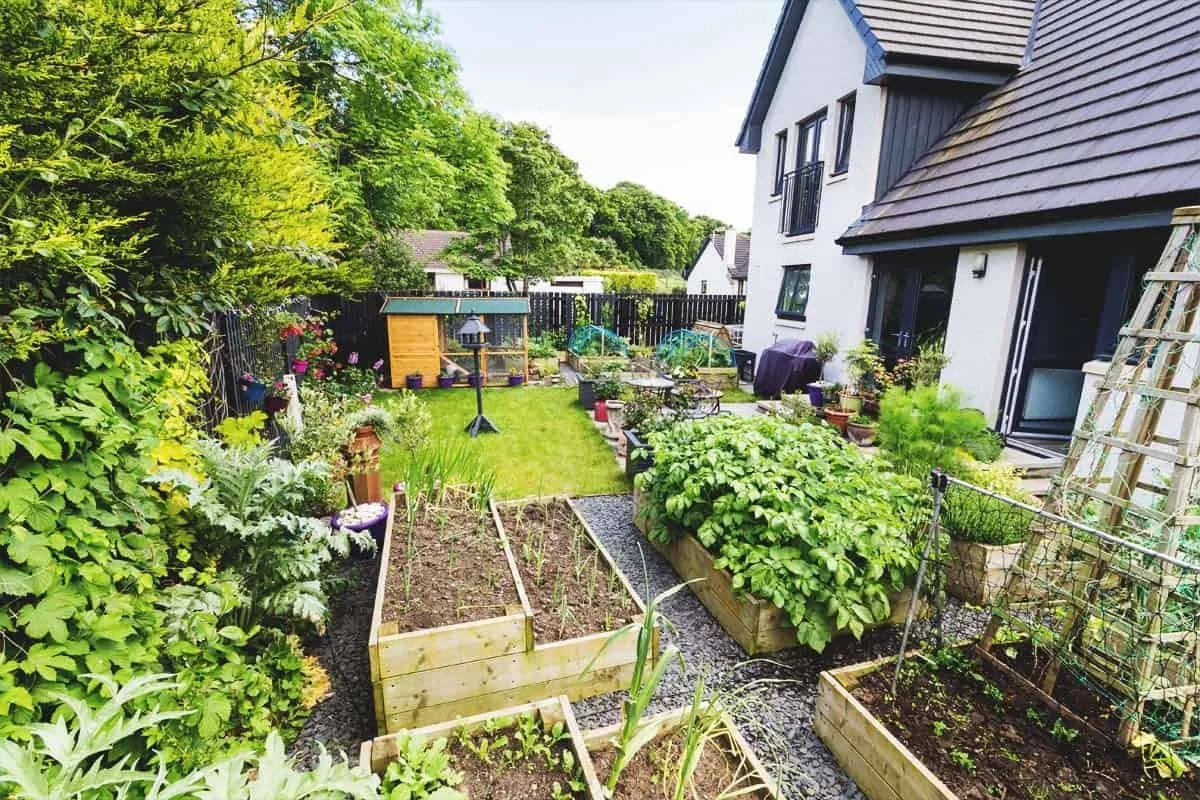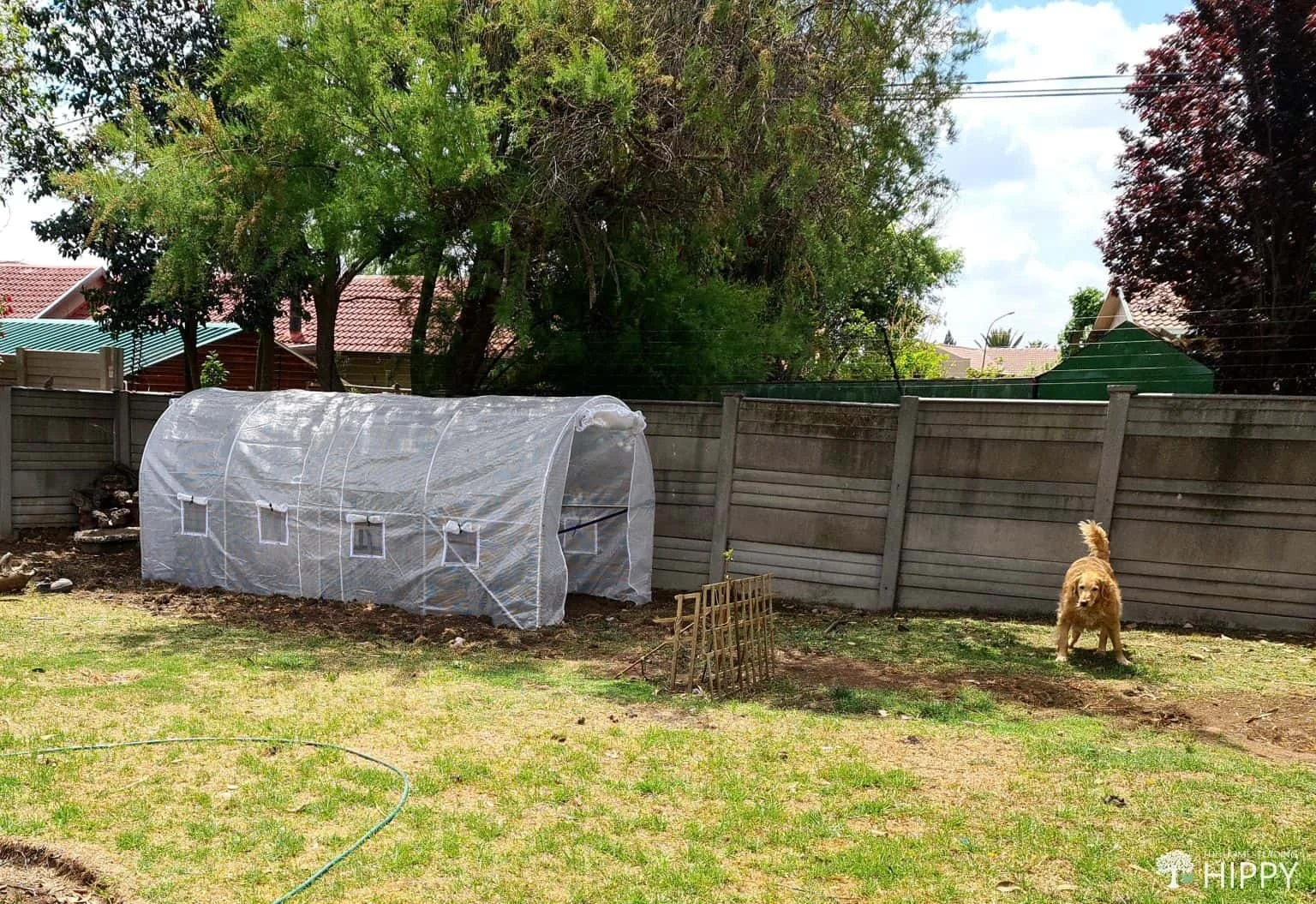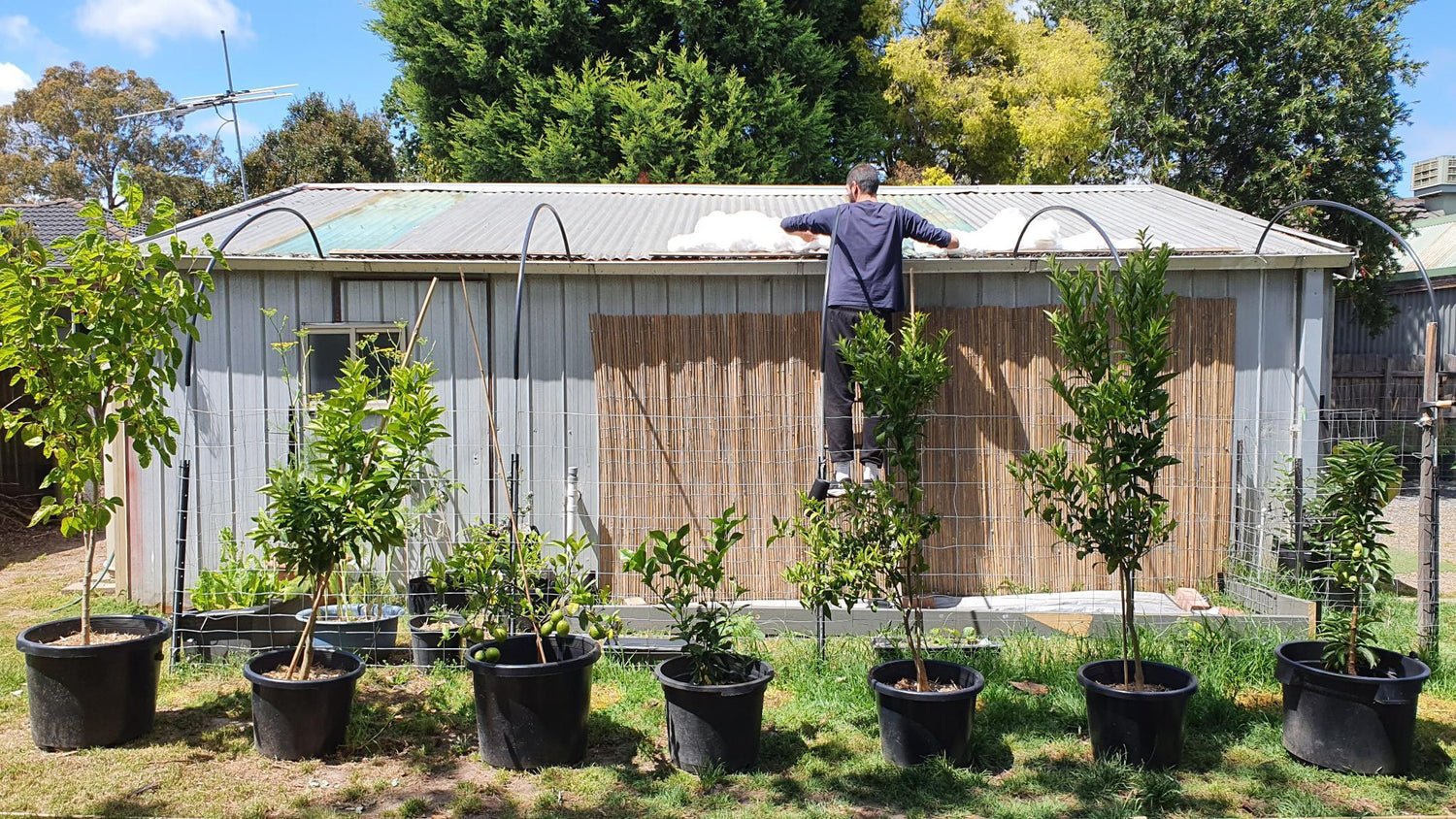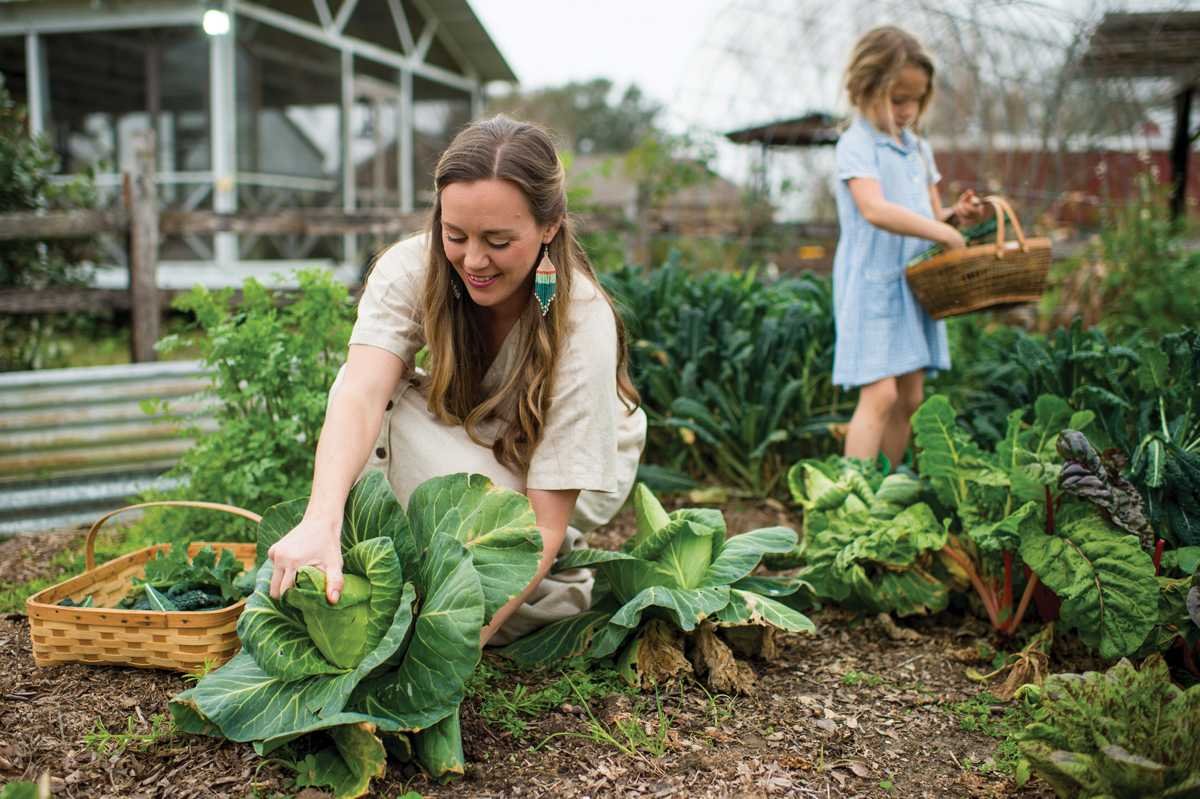Exploring Suburban Homesteading
What it is and How to Get Started
Discover > Homesteading > Exploring Suburban Homesteading: What it is and How to Get Started
The concept of homesteading sparks images of rugged individuals living off the grid in the wilderness, but did you know that this lifestyle can be embraced in suburbia as well?
Suburban homesteading is a growing trend that allows city dwellers to embrace sustainability and self-sufficiency while still residing in the city or suburbs. In this article, we'll explore what suburban homesteading is, its benefits, and how you can get started on your journey to self-sufficiency.
What is Suburban Homesteading?
Suburban homesteading is essentially a lifestyle that involves growing your own food, making your cleaning and beauty products, and creating a sustainable living environment. This can be done in backyards, balconies, and community gardens, and involves creating a more self-sufficient and environmentally-friendly lifestyle while still residing in the suburbs.
It's more than just gardening; it involves cultivating a mindset focused around reducing waste, living sustainably, and creating a close connection with nature. The ultimate goal is to rely less on outside sources, produce healthier food, and reduce your carbon footprint.
Benefits of Suburban Homesteading
Suburban homesteading comes with many tangible benefits to both the environment and your own household. By growing food at home, you eliminate the use of pesticides, reduce your carbon footprint, and ultimately eat healthier food. By making products like cleaning agents and soap at home, you reduce your exposure to harsh chemicals.
Additionally, suburban homesteading can save you money in the long run by reducing food and utility bills. Furthermore, by learning skills like gardening, cooking from scratch, and home canning, you become more self-sufficient when it comes to shelter, food, and water.
Getting Started with Suburban Homesteading
Getting started with suburban homesteading can seem daunting at first, especially if you are new to gardening or making products from scratch. However, there are many resources available to ease the transition. Start by assessing the amount of space and sunlight available in your outdoor area, and plan accordingly.
Read books or watch instructional videos on seed selection, planting, and care. Join a local gardening or homesteading group to gain more knowledge and support from like-minded individuals. Start small and gradually add more elements as you become more comfortable. You might start with a small vegetable garden, then move on to composting or making your own cleaning products.
Great Ideas for Suburban Homesteading
Composting - Composting is the process of breaking down organic waste materials and turning them into nutrient-rich soil. If you’re going to be producing your own food, then you’re going to need quality soil. The good news is, you can make your own compost from kitchen scraps and yard waste. Not only does this save you money on soil amendments, but it also reduces the amount of waste going into landfills. Plus, composting is an easy and rewarding process that even kids can participate in!
Rainwater Harvesting - Water is a precious resource, and one that we often take for granted. By installing rainwater harvesting systems, you can collect and store rainwater for use in your garden or even in your home for activities like flushing the toilet or doing laundry. This reduces your water bill and helps conserve this vital resource. Rainwater harvesting systems range from simple rain barrels to more sophisticated systems that can store hundreds of gallons of water.
Renewable Energy - Homesteading in the suburbs doesn’t have to mean disconnecting from modern amenities like electricity. But that doesn’t mean you have to rely on fossil fuels to power your home. Consider installing solar panels on your roof to generate clean, renewable energy. You can also invest in a small wind turbine or use a geothermal system to heat and cool your home. These technologies require some upfront investment, but can pay off in the long run by reducing your energy bills and helping to protect the environment.
DIY Skills - Finally, one of the best things you can do as a suburban homesteader is to learn some DIY skills. From carpentry to sewing to canning and preserving, there are countless ways to make and repair items yourself. This not only saves you money, but it also allows you to rely less on products that are designed for obsolescence or that are produced in ways that harm the environment. Plus, DIY skills are fun and rewarding, and can be passed down to future generations.
Popular Elements of Suburban Homesteading
There are many elements of suburban homesteading that you can choose to incorporate into your lifestyle. Vegetable gardening is one of the most popular and accessible, requiring no more than a patch of sunny soil in your yard or a few pots on the balcony. Herbs can be grown in small pots and used in cooking or for medicinal purposes.
As mentioned previously composting is another popular element of suburban homesteading, as it allows you to recycle food and yard waste to enrich garden soil. Chickens are also popular for those with larger yards, providing fresh eggs and meat. Making products like soap, cleaning agents, and candles can be a fun and educational activity for families.
Challenges of Homesteading in the Suburbs
Limited space - One of the biggest challenges of homesteading in the suburbs is lack of space. Most suburban homes have small backyards, which means that you have limited space to grow your own food, raise livestock, and engage in other homesteading activities. You need to be creative and come up with innovative ways to make the most of your small space. Raised garden beds, vertical gardening and container gardening can help you grow more food in less space.
Zoning laws - Another challenge of homesteading in the suburbs is the zoning laws. Many cities and towns have strict rules that limit what you can do on your property. For instance, some places may not allow you to keep chickens or bees. It's important to research the local laws and regulations before you start homesteading to avoid getting into trouble with the authorities.
Noise complaints - Homesteading in the suburbs can also lead to noise complaints from your neighbours. Some of the activities like raising chickens or goats, and composting can generate noise and odours that can bother your neighbours. To prevent complaints, you can use noise-reducing techniques such as sound barriers, switch to quiet livestock breeds, or keep your compost area away from your neighbour's house.
Lack of community support - Homesteading in the suburbs can be a lonely activity. It can be challenging when your neighbours don't share your homesteading values or don't understand what you are doing. The lack of community support can make it difficult to get help or advice when you need it. However, you can join online homesteading forums or local homesteading groups to connect with like-minded people. You can also organize workshops and seminars about homesteading to educate your neighbours.
Weather conditions - Weather conditions can also pose a challenge to homesteading in the suburbs. Suburban gardens are more prone to weather changes than rural homesteads. Heatwaves, drought, floods, and storms can ruin your crops or damage your property. You need to prepare for the weather conditions by selecting the right plants for your climate, installing rain barrels, and building structures that can withstand extreme weather conditions.
Best Practices for Homesteading in the Suburbs
Start with a Small Garden - Homesteading doesn't have to start with a grand farm or extensive backyard garden. The best way to get into the swing of things is by starting small. A simple raised bed garden is a start. Herbs, fruits, and vegetables can be grown in containers. Start with a few plants, and slowly expand as you grow in skill and confidence.
Choose the Right Plants - When choosing plants for your suburban homestead garden, pay close attention to your region's growing season. Choosing plants that are native to your area means they'll likely thrive better. Additionally, when choosing plants, keep in mind how they'll integrate into your outdoor space as a whole. Companion planting can increase yields and pest prevention.
Consider Keeping Chickens - Raising backyard chickens can be an excellent addition to any suburban homestead. Chickens provide fresh eggs, can be helpful in pest control, and produce fertilizer for your garden. The first step is to find out if it's legal to keep chickens in your area. If it is legal in your area, start small with a chicken coop and a few hens.
Get Creative with Space - When living in the suburbs, garden space may be limited. But that doesn't mean you can't pursue homesteading activities. Look for ways to get creative with space. Vertical gardening can allow you to grow more plants in a smaller space. Consider incorporating plants such as strawberries that thrive in hanging baskets. If you don't have space for a chicken coop, consider keeping quail (What wine goes well with quail?) instead.
Plan for Preservation - One of the main goals of homesteading is to be more self-sufficient. To achieve this, it's essential to plan for preserving your harvest. Canning, freezing, and dehydrating are good preservation methods. Proper storage techniques can also help preserve your food supply.
Conclusion
The urban homesteading lifestyle is not only a way to live more sustainably and self-sufficiently, but it also allows you to connect with nature and your community.
With the right mindset and resources, you can grow your own food, plant fruit trees, make your own products, and reduce your carbon footprint without leaving the city or suburbs. Start small, learn as much as you can, and enjoy the journey towards a more sustainable and fulfilling lifestyle.
#own food #save money #shop local #fruit trees #raised beds #preserve food #preserving food #urban homestead #solar panels #fresh produce #local food #raising animals









